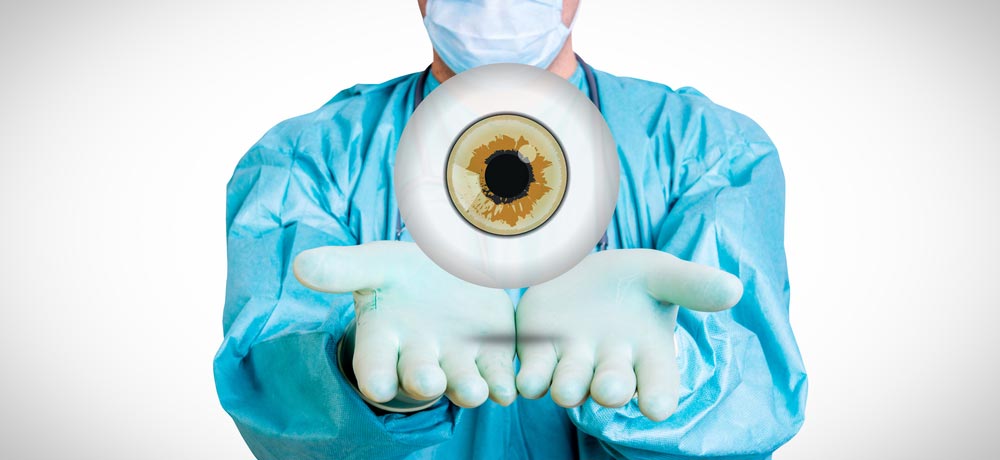All Categories
Featured
Understanding common eye problems and how to avoid them is crucial for preserving eye health and wellness throughout life. In this blog, we'll discuss some of the most typical eye issues and offer suggestions on just how to safeguard your vision.
- Dry Eyes:
Dry eye disorder takes place when your eyes do not create enough tears or the ideal top quality of tears to keep them oiled. Signs consist of a painful, shedding sensation, or the feeling of something being stuck in your eye. Ecological variables like air conditioning, smoke, and lengthy hours of looking at a computer system display can aggravate this problem.

Prevention:
Blink regularly when making use of digital tools to guarantee your eyes stay wet. Usage man-made splits if required. Try a humidifier in dry environments. Stay hydrated and secure your eyes from wind and smoke. 2. Cataracts:
A cataract is the clouding of the lens in your eye, which can trigger blurry vision, difficulty seeing at night, and light sensitivity. It typically occurs as part of the natural aging process, however specific elements such as UV direct exposure, cigarette smoking, and diabetes can boost the risk.
Prevention:
Wear UV-blocking sunglasses when outdoors. Stop smoking and take care of diabetes to lower the danger. Consume a healthy diet regimen abundant in antioxidants, such as leafy environment-friendlies, nuts, and fish. 3. Glaucoma:
Glaucoma is a team of eye illness that damage the optic nerve, frequently brought on by increased eye stress. It can lead to irreversible vision loss if left without treatment. Since glaucoma generally develops slowly, there might be no very early symptoms, making normal eye exams critical.
Avoidance:
Obtain regular eye checkups to monitor eye pressure. Adhere to prescribed treatments if diagnosed with glaucoma. Exercise frequently to boost circulation and minimize eye stress. 4. Age-Related Macular Deterioration (AMD):
AMD impacts the macula, the component of the retina in charge of sharp central vision. This condition can bring about vision loss, especially in older adults. Early signs consist of trouble checking out or seeing faces plainly.
Prevention:
Protect your eyes from UV light by using sunglasses. Keep a healthy and balanced diet plan rich in vitamins C and E, zinc, and omega-3 fats. Avoid smoking cigarettes, which can accelerate AMD development. 5. Conjunctivitis (Pink Eye):
Conjunctivitis is the swelling of the slim cells covering the white part of the eye, typically triggered by microbial or viral infections. Signs include inflammation, itching, and watery discharge from the eyes.
Prevention:
Clean your hands often and avoid touching your eyes. Stay clear of sharing personal items like towels or make-up. Keep away from contaminated people to prevent the spread. 6. Refractive Errors (Near-Sightedness, Far-Sightedness, Astigmatism):
Refractive mistakes happen when the shape of the eye prevents light from concentrating correctly on the retina. Signs consist of fuzzy vision at numerous ranges, relying on the kind of refractive mistake.
Prevention:
Consistently go to an ophthalmologist for eye tests. If essential, use restorative lenses such as glasses or call lenses. Practice excellent eye health to stay clear of straining your eyes. Conclusion:
Maintaining eye health needs a combination of precautionary procedures and regular eye exams. By knowing usual eye issues and complying with easy pointers for avoidance, you can keep your eyes in good condition and make sure ideal vision for several years to find. Remember, it's never ever also very early to start caring for your eyes, so take action today!
Latest Posts
Trustworthy Overhead Door Solutions for Homes and Companies
Selecting the Right Roof Covering Color: Effect on Energy Efficiency
Uncover Montclare Auto Repair’s Leading Car Care Solutions and Why Drivers Trust Them
More
Latest Posts
Trustworthy Overhead Door Solutions for Homes and Companies
Selecting the Right Roof Covering Color: Effect on Energy Efficiency
Uncover Montclare Auto Repair’s Leading Car Care Solutions and Why Drivers Trust Them